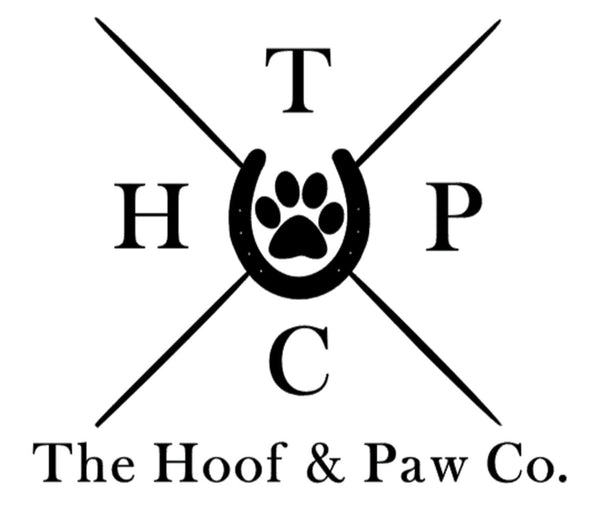Quit Your Lickin'
Share
Why dogs lick their paws and how to treat them at home
While licking is a normal and necessary part of self-grooming, doing so excessively can indicate a problem. Dogs may obsessively lick their paws for several reasons, including allergies, fungal infections, parasites, dry skin, internal pain, and/or boredom and anxiety. Start by inspecting their paws, and take note of any abnormal skin presentation. Check for the presence of parasites, and notice if handling their paws elicits a pain response. Consider your dog’s daily stimulation and if they exhibit other signs of stress.
What may start as boredom or dry skin often develops into a more complex issue. Constant licking breaks down the natural skin barrier and creates a perfectly warm, moist environment for yeast and bacteria to grow. It also leaves the area more susceptible to injury and parasites. And what do dogs do when they’re injured, itchy or uncomfortable? They lick- and the vicious cycle is born.
If you’ve determined that your dog’s paw licking is due to an allergy, fungal infection, parasite, or dry skin, there are at-home methods you can use to break the cycle. You may choose to utilize an oral supplement, or a topical treatment. Our Nose & Paw Balm is an excellent choice for dry, irritated skin, while our 3-in-1 Skin Relief Spray covers bacterial and fungal issues. You can use our Manuka Honey Salve in conjunction with either product for a dynamic approach, acting as a barrier during healing.
Here’s the thing: your dog is going to lick off anything that you put on their paws. It’s easily accessible, and if you’re using our Manuka based products, it probably tastes good. While it’s okay if they get a few licks in, our products (and any products) shouldn’t be ingested in large amounts. Additionally, while most of the product will be absorbed within a few minutes of application, licking off the excess will reduce efficacy.
There are two common ways to create a physical barrier while you’re actively treating the issue at hand. We’re big fans of soft collars- they’re inflatable, flexible, and much less annoying (for both dog and human) than the traditional hard plastic collars. You can also utilize a sock with vetwrap at the top to secure it. These are both great choices because they allow the paws to breathe, which is vital to the healing process.
You know your dog best, and can determine if you’re comfortable treating at-home or if the issue requires a visit to your trusted veterinarian. It can take days to weeks to see meaningful results, depending on the severity of the irritation and your approach to treating the area. With patience and consistent care, happy paws are attainable.
